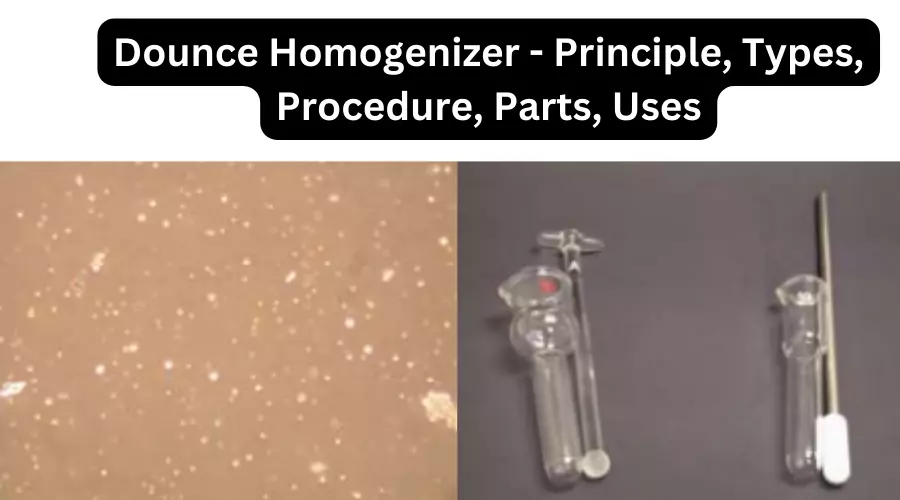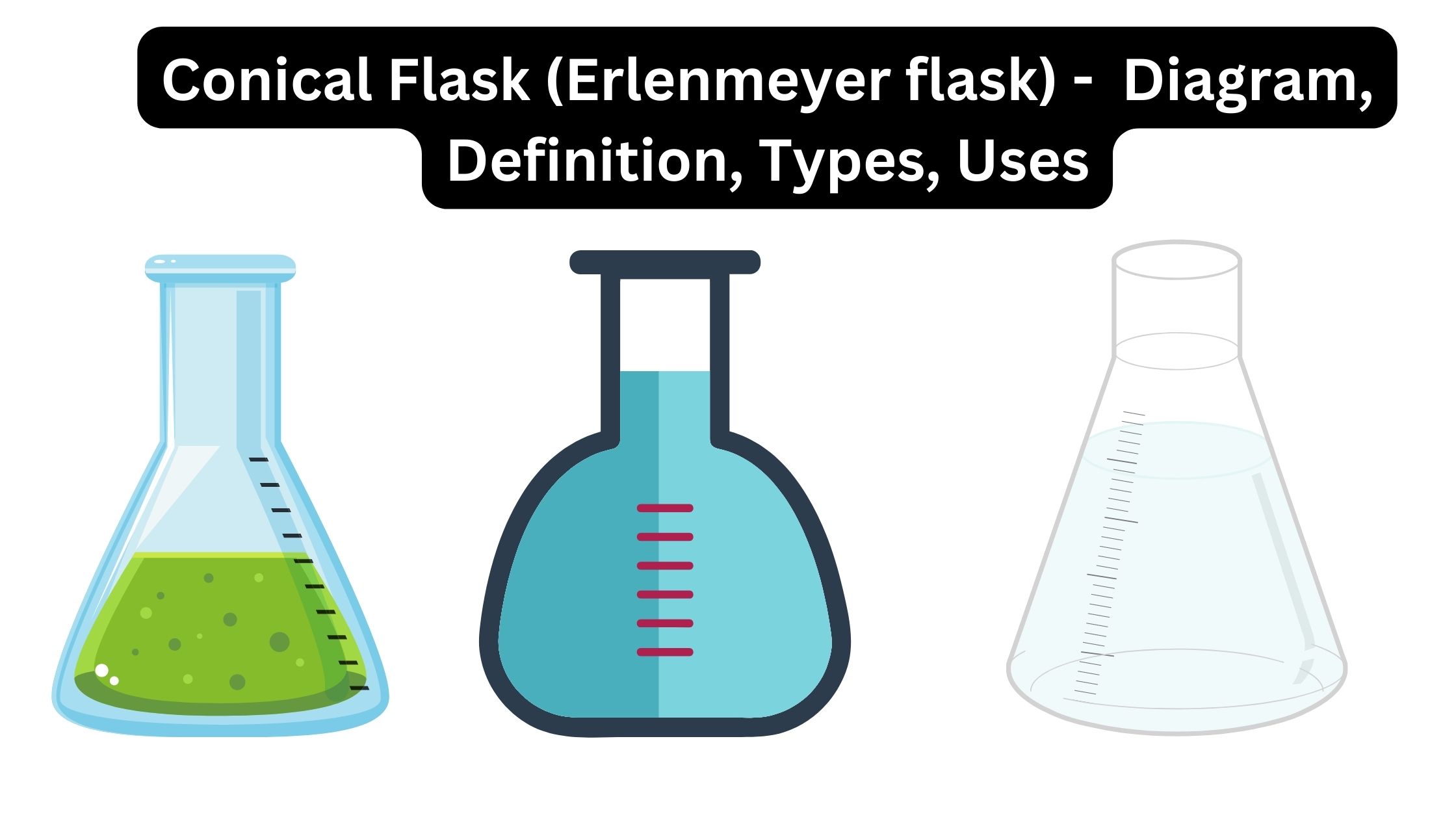Bench Top Centrifuge – Principle, Types, Parts, Uses
What is Bench top centrifuge? Types of Benchtop Centrifuges There are several types of benchtop centrifuges, including: Types of Rotors used in Centrifuges A centrifuge can make use of a variety of rotors, including: Principle of Benchtop Centrifuges Parts of Benchtop Centrifuges Though the particular model will affect the elements of a benchtop centrifuge, most … Read more









